Description
Day 1 KUALA LUMPUR / SARAJEVO (MEAL ON BOARD)
Day 2 SARAJEVO (L /D)
 |
War Tunnel Museum (Entrance Included) A short stretch of the tunnel which was dug under the airport during the siege of Sarajevo to get supplies into the cut-off city. A museum about the tunnel, with photos, various objects, newspaper clippings and a short film complement the main artefact that is the tunnel itself. Guided tours provide valuable background information |
 |
Sarajevo Old Town (Walking Orientation)
This two hours tour enables you to experience Sarajevo. Walking through the charming streets of Sarajevo will make you fall in love with this lovely town known as European Jerusalem. If you don’t have much time-this tour is ideal for you.It stands apart by focusing on the locations in the city where cultures meet:start at the Baščaršija Square and see mosques,bazaars,Jewish temples,cathedrals,and finish at the Latin Bridge. |
DAY 3 SARAJEVO – MOSTAR (130KM, 2H30M) – DUBROVNIK (150KM 3H30M) (B/L/D)
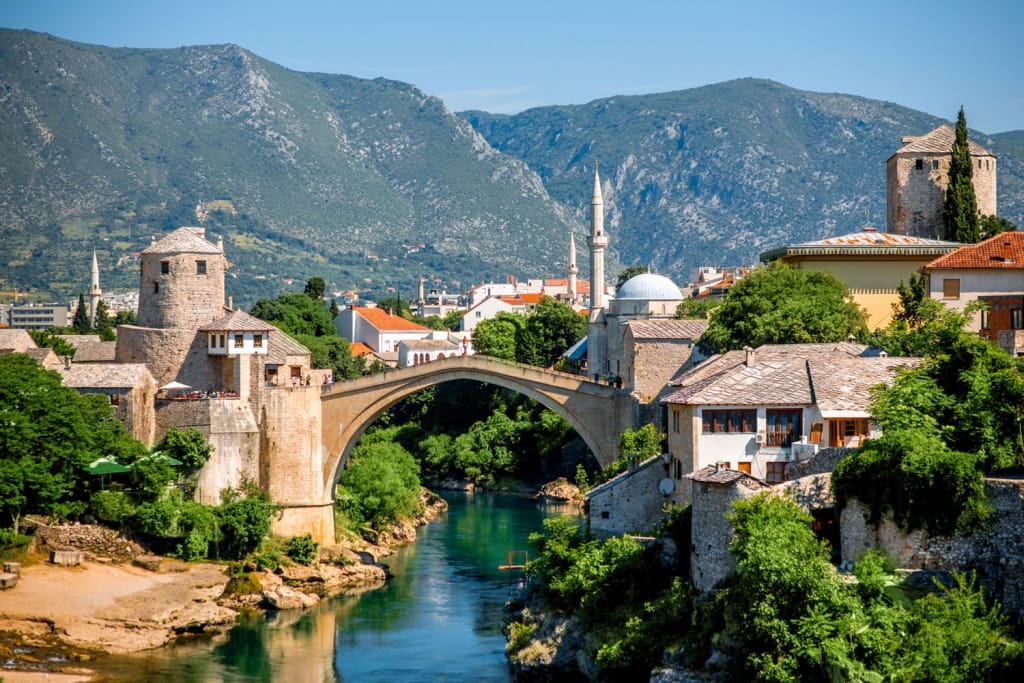 |
Mostar Old Town (Photo Stop)
Stari Most was constructed by the Ottomans under the commission of Suleiman the Magnificent in the 16th century. Straddling the Neretva River, this bridge links the two parts of the old town together. The bridge stood for 427 years until it was destroyed by Croat forces in the Croat-Bosniak War on November 9, 1993. Roughly ten years later the bridge was rebuilt, opening on July 23, 2004. |
 |
Neretva River and Old Bridge (Stari Most) (Photo Stop)
Stari Most also known as Mostar Bridge, is a rebuilt 16th-century Ottoman bridge in the city of Mostar in Bosnia and Herzegovina that crosses the river Neretva and connects the two parts of the city. On 9 November 1993 Stari Most collapsed due to shelling by the Croatian Defence Council (HVO) during the Croat–Bosniak War because the Army of the Republic of Bosnia and Herzegovina (ARBiH) used it as a military supply line. The Old Bridge was deemed a legitimate military target by the International Criminal Tribunal for the former Yugoslavia, since the ARBiH used it for military purposes. |
DAY 4 DUBROVNIK (B/ L / D)
 |
Dubrovnik’s Ancient City Walls (Entrance Included)
The main entrance to Dubrovnik town walls is right outside of Pile Gate. Another one is at Ploce Gate. When you arrive in Pile Gate get down the steps to Stradun (the main town street) and on the left-hand side on the very beginning of Stradun right after the gate you will see the steps up to city walls. |
 |
Church of St Blaise (Walking Orientation)
The Church of St. Blaise is located in the Old Town of Dubrovnik, Croatia, and is a popular tourist destination for its beautiful architecture and rich history |
 |
Sponza Palace (Walking Orientation)
The Sponza Palace (Croatian: Palača Sponza; Italian: Palazzo Sponza), also called Divona (from dogana, customs), is a 16th-century palace in Dubrovnik, Croatia. Its name is derived from the Latin word “spongia”, the spot where rainwater was collected. |
 |
Pile Gate (Walking Orientation)
The Pile Gate is one of the main entrances to the Old Town of Dubrovnik, Croatia, and is a popular starting point for exploring the city. |
 |
Onofrio’s Fountain (Walking Orientation)
Onofrio’s Fountain is a landmark located in the Old Town of Dubrovnik, Croatia, and is a popular tourist destination for its beautiful architecture and historical significance. |
 |
Old Town (Walking Orientation)
The Old Town of Dubrovnik, Croatia, is a UNESCO World Heritage site and a popular tourist destination for its beautiful architecture, rich history, and stunning views. |
DAY 5 DUBROVNIK – SPLIT (305KM 5H) – ZADAR (180KM 2H20M) (B/L/D)
 |
Cathedral of Saint Domnius (Walking Orientation)
The Cathedral of Saint Domnius, also known as the Cathedral of Saint Duje, is a landmark located in the heart of Split, Croatia. |
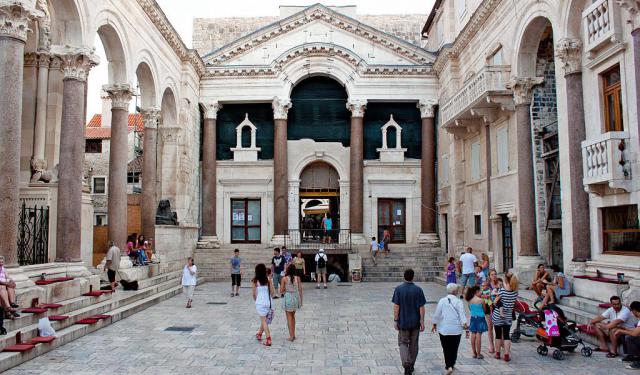 |
Diocletian’s Palace (Walking Orientation)
Diocletian’s Palace is a large ancient palace located in the heart of Split, Croatia. It was built in the early 4th century AD for the Roman Emperor Diocletian as his retirement home. Today, it is a UNESCO World Heritage Site and one of the most popular tourist attractions in Croatia |
 |
River Waterfront (Walking Orientation)
The river waterfront can refer to the area where a river meets the land, creating a scenic and bustling destination for tourists and locals alike |
 |
Roman Forum (Walking Orientation)
The Roman Forum, also known as the Forum Romanum, is a large rectangular plaza in the center of Rome, Italy. It was the center of Roman public life for centuries and is now a popular tourist attraction. |
 |
Church of St. Donatus (Entrance Included)
The Church of St. Donatus is a historic church located in the city of Zadar, Croatia. It was built in the 9th century AD and is one of the most important examples of early Byzantine architecture in Croatia. |
DAY 6 ZADAR – PLITVICE LAKES (134KM 2H) (B/L/D)
 |
Plitvice Lakes National Park (Entrance Included)
Plitvice Lakes National Park is a UNESCO World Heritage Site located in Croatia. It is known for its series of interconnected lakes and waterfalls that cascade through a forested canyon. |
DAY 7 PLITVICE LAKES – POSTOJNA (240KM 5H) – LJUBLJANA (55KM 1H) (B/L/D)
 |
Postojna Cave (Entrance Included)
Postojna Cave is a popular tourist attraction located in southwestern Slovenia. It is a vast cave system that features spectacular rock formations, underground rivers, and unique wildlife. |
 |
River Ljubljanica Canal (Walking Orientation)
The River Ljubljanica Canal is a picturesque waterway that flows through the center of Ljubljana, the capital city of Slovenia. |
 |
Triple Bridge (Tromostovje) (Walking Orientation)
The Triple Bridge (Tromostovje) is a famous landmark in the heart of Ljubljana, the capital city of Slovenia. |
 |
Ljubljana Old Town (Walking Orientation)
Ljubljana Old Town is the historic center of Ljubljana, the capital city of Slovenia. |
 |
Prešeren Square (Walking Orientation)
Prešeren Square is the main square in the heart of Ljubljana, the capital city of Slovenia. |
 |
Franciscan Church (Photo Stop)
The Franciscan Church of the Annunciation is a beautiful pink-colored church located on Prešeren Square in the heart of Ljubljana, Slovenia. It was built in the Baroque style in the early 18th century and is one of the most recognizable landmarks in the city. The interior of the church is ornate and features impressive artwork and sculptures. It’s a popular spot for taking photos and exploring the rich history and culture of Ljubljana. |
 |
Cathedral of St Nicholas in Ljubljana (Photo Stop)
The Cathedral of St. Nicholas is a beautiful Baroque-style cathedral located in the heart of Ljubljana, the capital city of Slovenia. It was built in the early 18th century and features an ornate interior with stunning artwork and sculptures. The cathedral is dedicated to St. Nicholas, the patron saint of sailors and fishermen, and it’s a popular spot for both locals and tourists to visit and admire the impressive architecture and design. The cathedral is located in the Old Town, just a short walk from other popular attractions such as Prešeren Square and the Ljubljana Castle. |
DAY 8 LJUBLJANA– BLED (55KM 1H) –ZAGREB (200KM 3H.30M) (B/L/D)
 |
Lake Bled (Pletna Public Boat Ride Included)
Lake Bled is a picturesque glacial lake in the Julian Alps of northwestern Slovenia. The lake is surrounded by mountains and features a small island in the middle with a beautiful church that can be reached by a traditional Pletna boat ride. |
 |
Bled Castle (View from The Boat)
Following the boat ride, you get some time to explore the little island and enjoy the stunning views of the surrounding area. |
 |
St.Mary’s Church (Entrance Included)
St. Mary’s is the cathedral church for the Anglican Diocese of West Malaysia. From one small congregation in a simple wooden building in the 19th century on the present site beside Dataran Merdeka, we have grown into ten diverse and active congregations that form our one cathedral community. |
DAY 9 ZAGREB / KUALA LUMPUR (B/L/D)
 |
Croatian National Theather(Walking Orientation)
The Croatian National Theatre is a historic building located in the heart of Zagreb, Croatia. |
 |
Upper and Lower Town (Walking Orientation)
An orientation table has been installed for a good reading of the landscape. You will distinguish, among others, the Tour Jeanne d’Albre. |
 |
St. Mark’s Church (Outside view)
St. Mark’s Church is a beautiful Romanesque-style church located in the heart of the Upper Town (Gornji Grad) of Zagreb, the capital city of Croatia. It was originally built in the 13th century, but the current structure dates back to the 14th century, with subsequent additions and renovations over the centuries. |
 |
Mimara Musuem (Outside view)
The Mimara Museum is a renowned art museum located in the heart of Zagreb, the capital city of Croatia. The museum was named after Ante Topić Mimara, a Croatian art collector who donated his extensive collection of artworks to the state. The collection includes over 3,750 pieces from various periods and styles, ranging from ancient artifacts to modern art. |
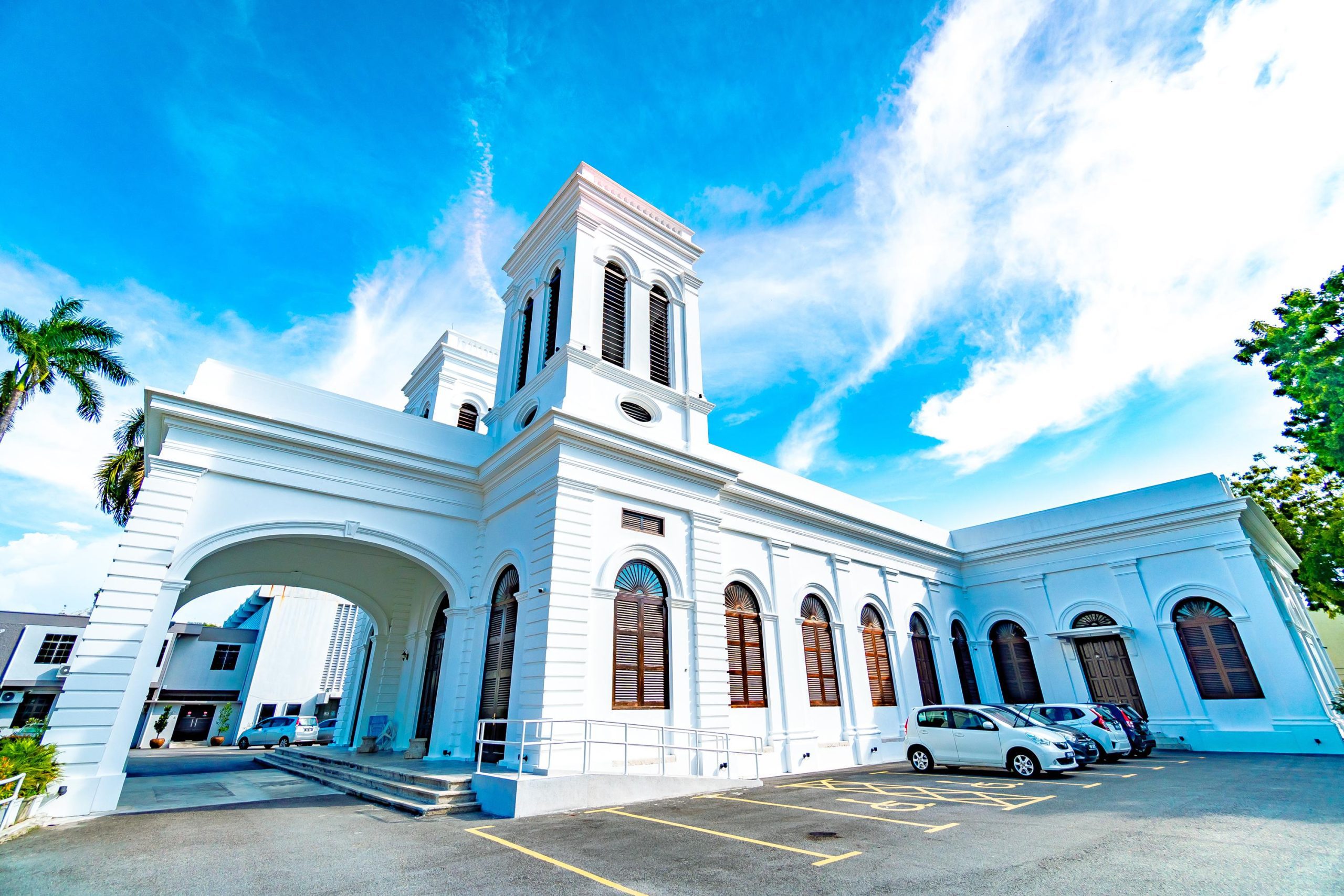 |
Cathedral of the Assumption (Photo Stop)
The Cathedral of the Assumption of the Blessed Virgin Mary, also known as the Zagreb Cathedral, is one of the most important landmarks in Zagreb, the capital city of Croatia. Located in the heart of the city’s historic center, the cathedral is the largest and most impressive Gothic-style building in Croatia. |
 |
Stone Gate (Outside view)
The Stone Gate, also known as Kamenita vrata in Croatian, is a historic city gate located in the heart of Zagreb, the capital city of Croatia. It’s one of the few remaining entrances to the old medieval town of Gradec, which was surrounded by fortified walls in the 13th century.The Stone Gate is also a popular spot for locals and visitors to light candles and offer prayers to the Virgin Mary. The area surrounding the gate is lively and bustling, with numerous shops, cafes, and restaurants. The gate is located just a short walk from other notable attractions such as the Zagreb Cathedral and the Dolac Market |
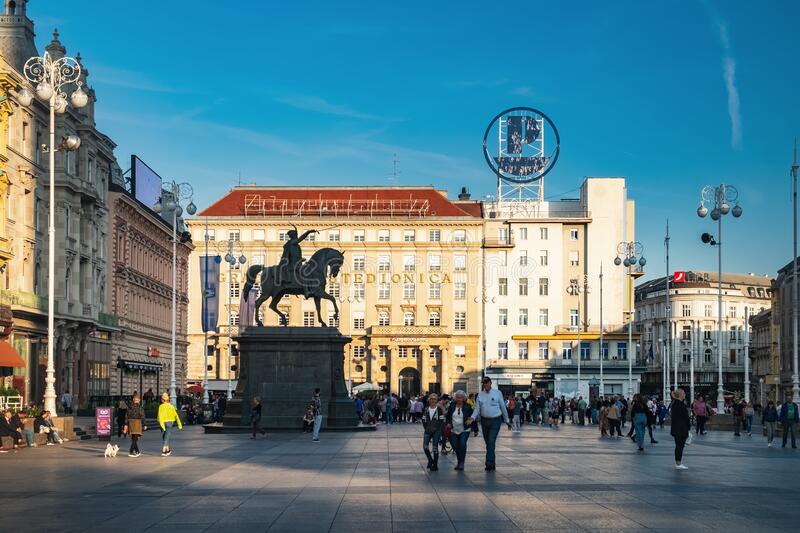 |
Ban Jelacic Square (Photo Stop)
Ban Jelačić Square, also known as Trg bana Josipa Jelačića in Croatian, is the central square of Zagreb, the capital city of Croatia. The square is named after Josip Jelačić, a Croatian army general who fought against the Hungarian army in the 19th century. |
 |
Lotrscak Tower (Outside view)
The Lotrščak Tower is a historic tower located in the heart of Zagreb, the capital city of Croatia. The tower dates back to the 13th century and was originally built as a part of the city’s fortified walls. |
 |
Zagreb Mosque (Outside view
The Zagreb Mosque, also known as the Islamic Center of Zagreb, is a mosque located in the city of Zagreb, the capital of Croatia. The mosque was completed in 1987 and is one of the largest mosques in southeastern Europe. |
DAY 9 ARRIVE KUALA LUMPUR



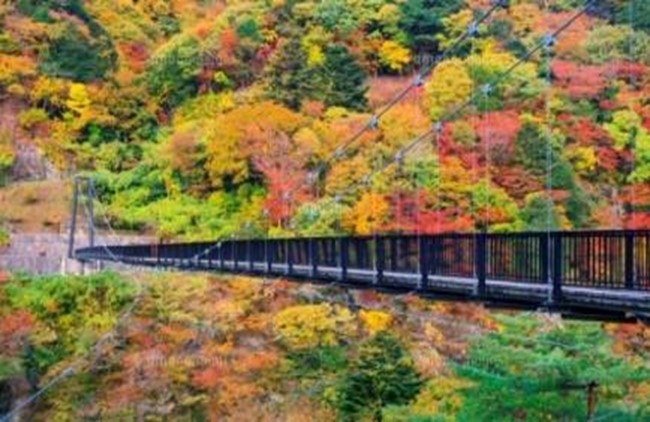








































Reviews
There are no reviews yet.